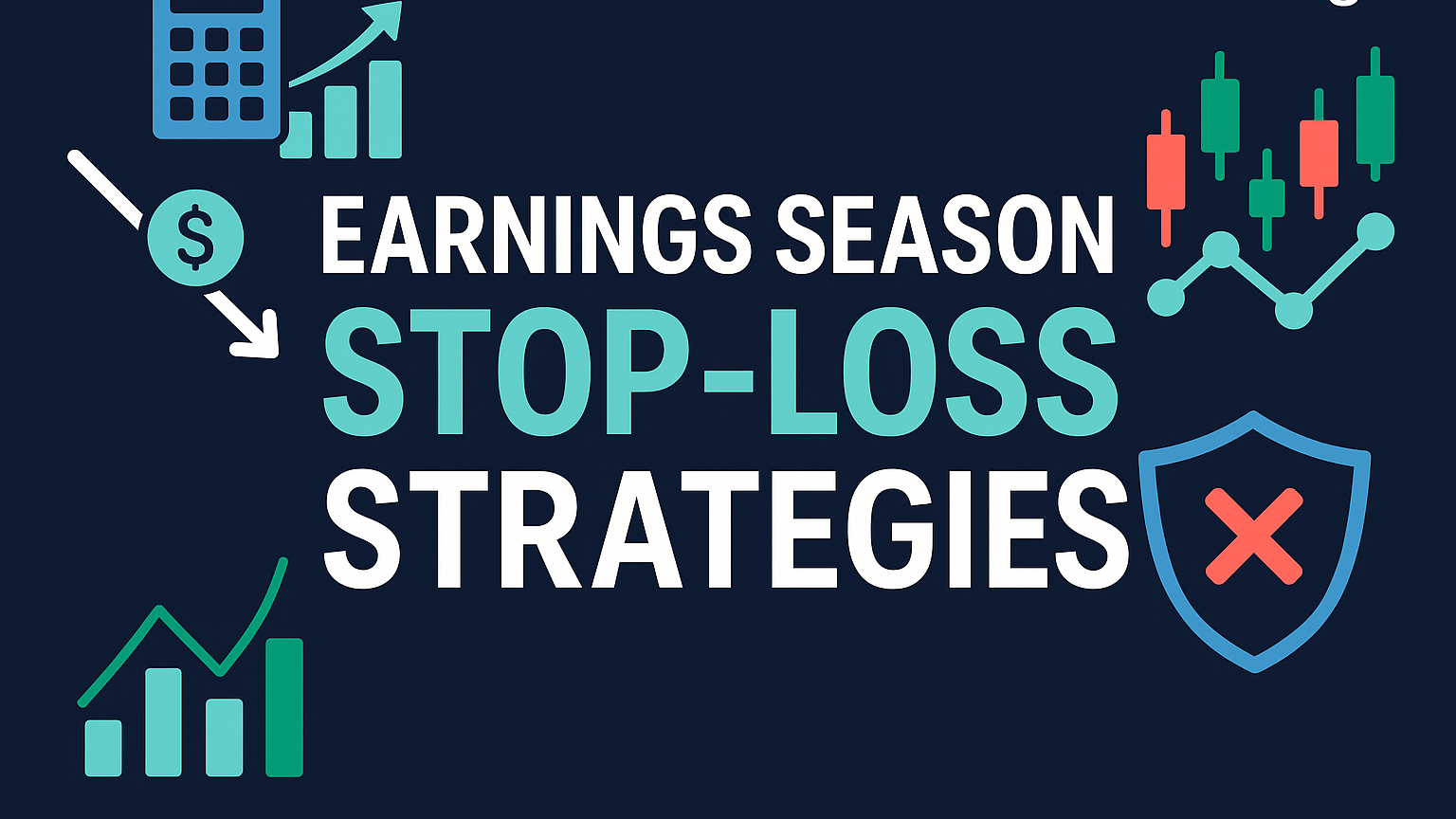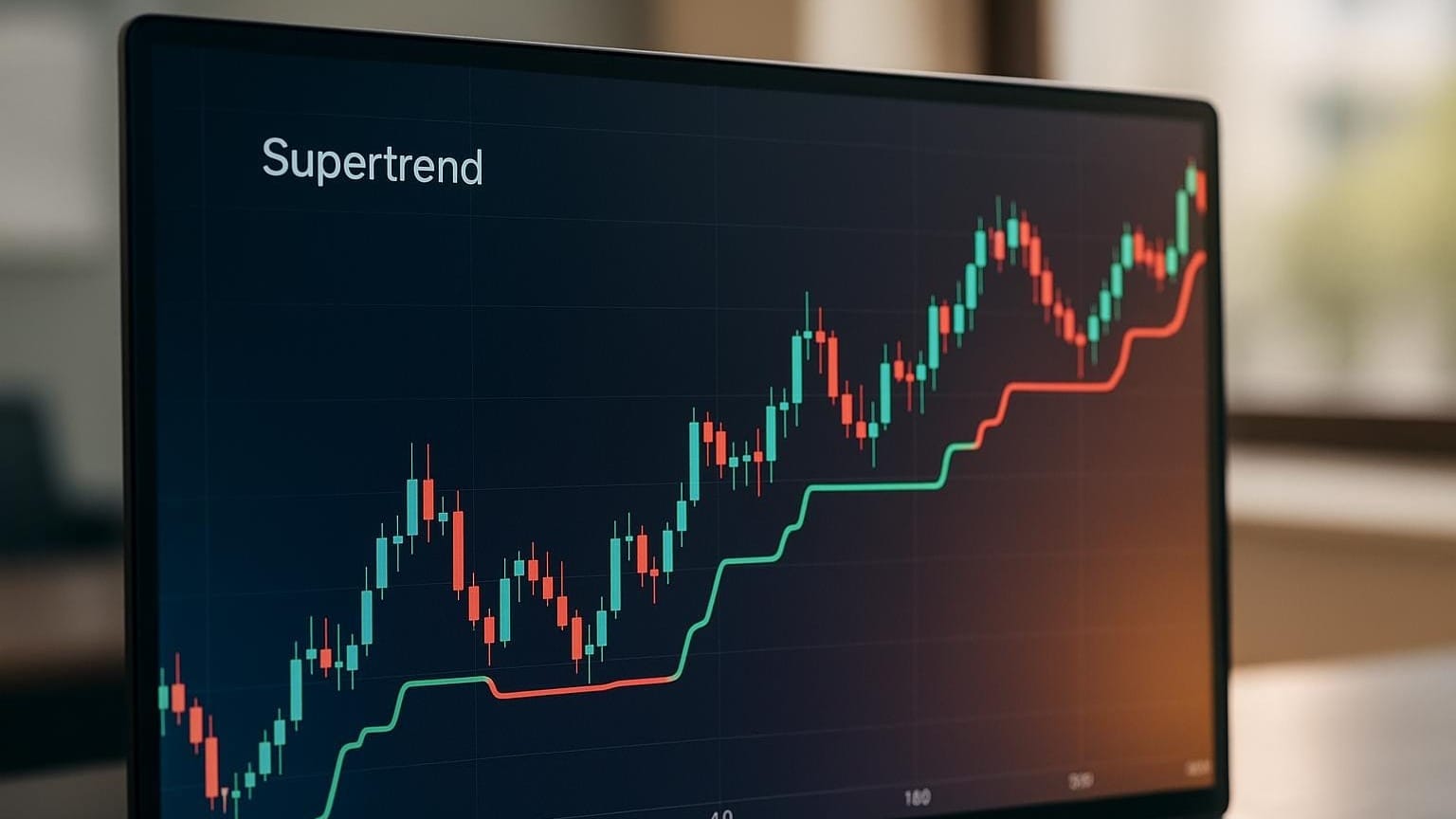Learn the essential strategies for position sizing to manage risk effectively and enhance your trading performance.
Position sizing is key to managing risk and growing your trading account. Here’s a quick breakdown:
- Risk Per Trade: Limit to 1–2 % of your total capital.
- Calculation Steps:
- Decide your dollar risk per trade (e.g., $500 for a $25 000 account at 2 % risk).
- Calculate risk per share (entry price − stop-loss price).
- Divide dollar risk by risk per share to get position size.
- Common Mistakes: Oversized trades, ignoring market volatility, and emotional decisions like revenge trading.
- Best Practices:
- Stick to fixed percentage risk.
- Adjust position size based on market volatility.
- Use tools like the Average True Range (ATR) to measure risk.
- Maintain a trading journal to track and refine your strategy.
Summary: Proper position sizing protects your capital, reduces emotional trading, and helps you achieve consistent returns. Use disciplined methods like fixed percentage risk or volatility adjustments to stay on track.
Position Size Calculation Methods
Account Size and Risk Limits
Start by assessing your total capital and deciding to risk only 1–2 % per trade. For example, with a $25 000 account, a 2 % risk limit means risking $500 per trade. This helps protect your account while still allowing for potential growth.
Basic Position Size Math
Once you've set your risk limit, follow these steps to calculate your position size:
- Step 1: Determine your dollar risk per trade based on your account size.
- Step 2: Identify your risk per share (entry price minus stop-loss price).
- Step 3: Divide your dollar risk by the risk per share to calculate your position size.
For instance, let’s say you want to buy Apple Inc. stock at $160 with a stop-loss at $140. If your account is $25 000 and you’re risking 2 % ($500), here’s how it works:
- Risk per share: $160 – $140 = $20
- Position size: $500 ÷ $20 = 25 shares
Stop-Loss Placement
After determining your position size, set a stop-loss to manage your risk. A wider stop-loss requires a smaller position size to keep your dollar risk constant, while a tighter stop-loss allows for a larger position size. In more volatile markets, tighter stop-losses can help control risk, but your position size will need adjusting.
For example, if you're buying a cryptocurrency at $50 with a stop-loss at $45 and a $500 risk tolerance:
- Risk per unit: $50 – $45 = $5
- Position size: $500 ÷ $5 = 100 units
Risk Management Limits
Risks of Large Positions
Position size limits are crucial for protecting your account from trades that are too large to manage safely. Oversized trades can lead to major financial losses and emotional stress. Even a small market fluctuation can cause significant damage. For instance, if your account experiences a 50 % loss, you'll need a 100 % gain just to recover.
Taking on large positions can also lead to poor decision-making, such as:
- Exiting profitable trades too early
- Holding onto losing trades for too long
- Ignoring your stop-loss strategy
- Making snap decisions driven by fear
Position Sizing Red Flags
Ignoring Market Volatility: If you don't adjust your position sizes based on market conditions, you're setting yourself up for trouble. Tools like Average True Range (ATR) can help you measure volatility and tweak your exposure accordingly.
Revenge Trading: After a loss, it can be tempting to increase your position size to recover quickly. This emotional reaction often leads to even bigger losses.
"If you can't sleep at night thinking about your open position, you are risking too much." – Successful professional trader
Overconfidence: Even after a streak of wins, it's important to stick to your risk management rules. Overconfidence can lead to taking unnecessary risks.
Identifying these red flags can help you stick to consistent rules that protect your portfolio.
Consistent Position Rules
Fixed Percentage Method: Allocate a fixed percentage of your trading capital to each trade.
Volatility Adjustment: When markets become more volatile, reduce your position sizes to keep your dollar risk level consistent.
Trading Journal: Keep a detailed log of your trades, including position sizes and results. This will hold you accountable to your rules and help you identify patterns in your trading behavior.
The goal of position sizing is to protect your capital while still taking advantage of opportunities. As Jesse Livermore, a legendary trader, wisely said:
"There is nothing new in Wall Street. There can't be because speculation is as old as the hills. Whatever happens in the stock market today has happened before and will happen again."
How to Calculate Position Sizing & Risk Per Trade
Risk-Reward Position Sizing
Risk-reward position sizing takes disciplined risk management a step further by balancing potential profits against acceptable losses. It helps traders determine the size of their trades based on the relationship between risk and reward.
Risk-Reward Calculations
Aim for a risk-reward ratio of at least 1 : 3. Here's a forex trading example to illustrate:
- Trading EUR/USD at 1.09414
- Stop loss set at 1.08760
- Target price at 1.11396
From this:
- Potential loss: 0.00654 points
- Potential gain: 0.01982 points
- Ratio: 1 : 3.03
This ratio allows for a larger position size while maintaining a controlled risk level.
Adjusting for Market Conditions
Market volatility plays a big role in determining position sizes. When markets are more volatile, reducing exposure can help keep risk in check. The table below shows how position sizing changes based on volatility levels:
| Volatility Level (ATR) | Suggested Leverage | Position Size Example (1 % Risk on $100 000) | Market Conditions |
|---|---|---|---|
| < 1 % of price | Up to 10 : 1 | 500 shares | Low volatility, trending |
| 1–2 % of price | 5 : 1 | 200 shares | Moderate volatility |
| 2–3 % of price | 3 : 1 | 100 shares | High volatility |
| > 3 % of price | 1 : 1 or no leverage | Minimal exposure | Extreme volatility |
By adjusting position sizes to match market conditions, traders can better balance risk across their portfolios.
Portfolio Distribution
Spreading risk across multiple positions is critical, but each trade's size must be carefully calculated. Sean Stannard-Stockton, CIO of Ensemble Capital, emphasizes:
"Position sizing should be driven far more by the likelihood that you will be correct than by how much you'll make if you're correct; they're both important, but that's the key piece."
Data supports this approach: most individual stocks underperform treasury bills, with only a few driving overall market gains. For example, if a stock's 14-day ATR is $53.19, risking 1 % of a $100 000 account means dividing $1 000 by the ATR-adjusted price factor to determine the position size.
Position Sizing Methods
When managing risk, refining your position sizing can make a big difference. Here are three practical methods to help you do just that.
Fixed Percentage Method
This method involves risking a fixed percentage of your trading capital on each trade, usually between 1–2 %. For example, if you have a $100 000 account and risk 2 %, your maximum loss per trade would be $2 000. As your account size changes, so does your position size:
| Account Size | Risk Percentage | Maximum Risk per Trade | Stop-Loss Distance | Position Size |
|---|---|---|---|---|
| $100 000 | 2 % | $2 000 | $2 | 1 000 shares |
| $150 000 | 2 % | $3 000 | $2 | 1 500 shares |
| $75 000 | 2 % | $1 500 | $2 | 750 shares |
This approach ensures your exposure remains proportional to your account size, keeping risk consistent.
Kelly Formula Sizing
The Kelly Criterion helps calculate the optimal portion of your account to allocate by factoring in win probability and risk-reward ratio. The formula is:
f = (bp − q) ÷ b
Where:
- f = fraction of the account to allocate
- b = potential payoff ratio
- p = probability of winning
- q = probability of losing
For example, trading EUR/USD with a 60 % win probability and a 1 : 3 risk-reward ratio results in a 20 % position size. However, most traders use a reduced percentage (25–50 % of the calculated value) to manage risk more conservatively.
"The Kelly criterion is a mathematical formula used by traders to determine the optimal position size for a trade… It can help traders maximize their expected long-term growth rate and manage their risk effectively." – Olsonngula, Medium
While the Kelly Criterion can be powerful, it’s best to use it cautiously, especially in volatile markets.
Position Size Scaling
This method adjusts your position size based on market volatility, helping you align risk with current conditions. The table below provides a guide for suggested leverage based on volatility levels:
| Volatility Level (ATR) | Suggested Leverage | Market Conditions |
|---|---|---|
| < 1 % | Up to 10 : 1 | Low volatility, trending |
| 1–2 % | 5 : 1 | Moderate volatility |
| 2–3 % | 3 : 1 | High volatility |
| > 3 % | 1 : 1 or no leverage | Extreme volatility |
Using technical indicators can help you fine-tune your position size. This ensures that your risk stays in line with market dynamics, especially during unpredictable periods.
Summary
Key Points Review
To wrap up, position sizing plays a key role in managing risk and protecting your capital. It’s a cornerstone of effective trading and long-term growth. Here’s a quick breakdown of the main components of a solid position-sizing strategy:
| Component | Recommended Range | Purpose |
|---|---|---|
| Risk per Trade | 1–2 % of capital | Limits potential losses on a single trade |
| Win Rate Target | 40–60 % | Maintains steady performance |
| Risk/Reward Ratio | 1 : 2 – 1 : 3 | Focuses on maximizing profits |
| Maximum Drawdown | 10–20 % | Keeps account balance stable |
"Position sizing is a crucial, yet often overlooked, aspect of risk management that determines how much of a particular asset – whether it's stocks, options, or even cryptocurrency – you should buy or sell per trade."
These principles provide a clear framework to refine your approach and make smarter decisions.
Next Steps
- Start by calculating your maximum risk per trade based on your account size. Using automated position size calculators can help enforce consistent risk levels, minimizing losses while aiming for stronger returns.
- Adapt your position sizes as market conditions shift. Studies show that managing emotions can cut impulsive trading by 65 %.
"The real value of a well-thought-out position-sizing methodology is that it can be used by novices and pros alike, and it works across all asset classes."








